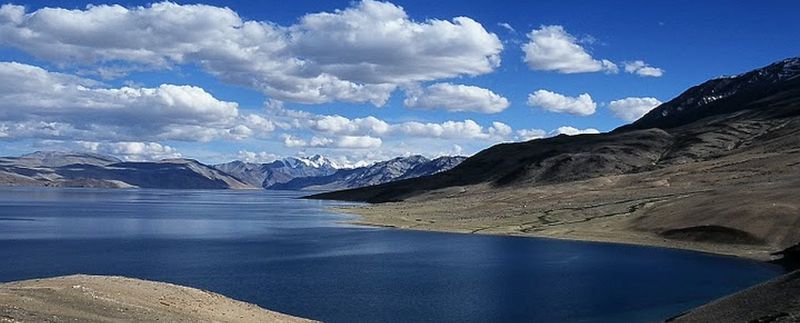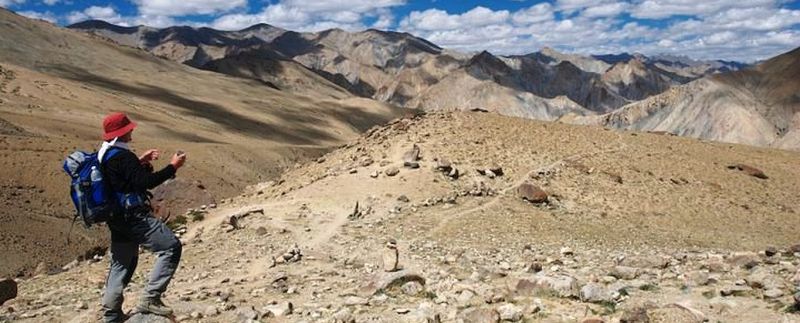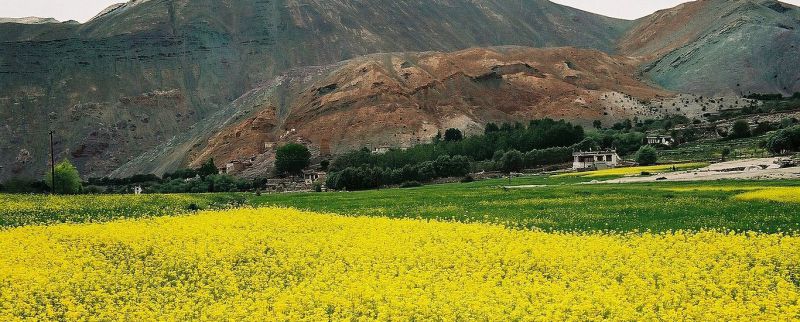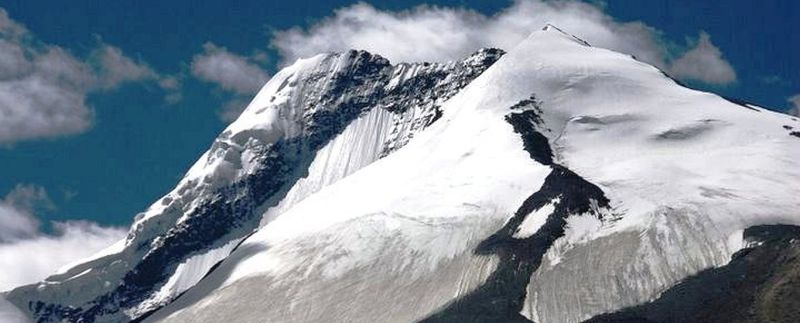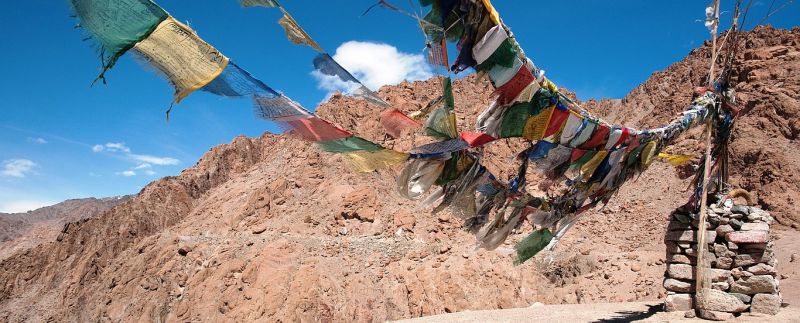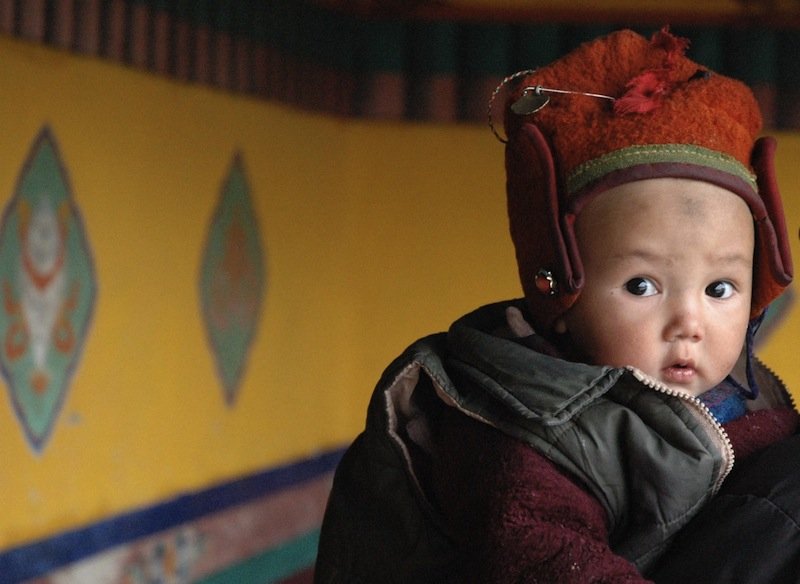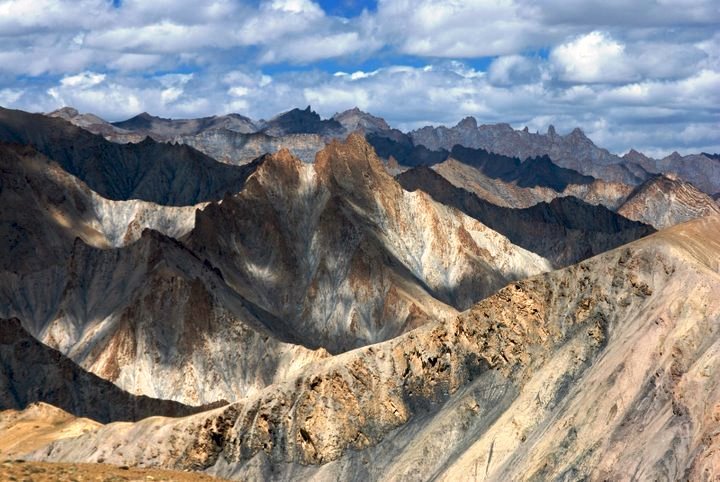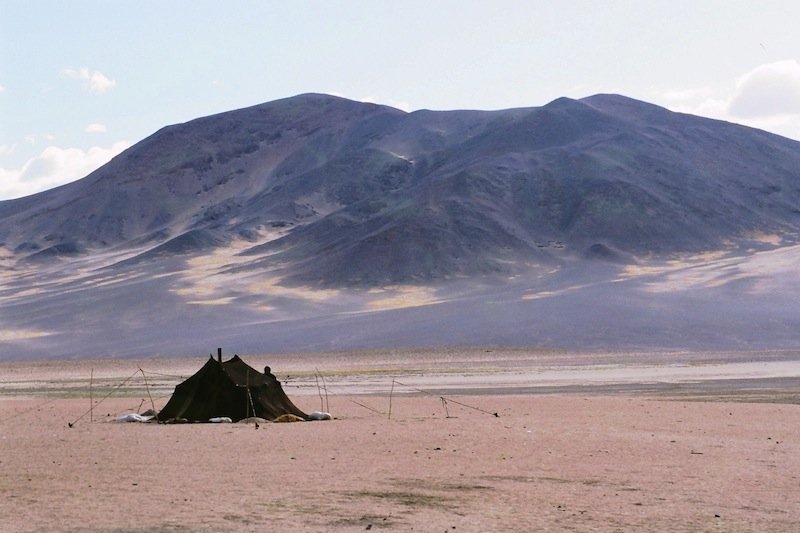| TREKKING up to 4800 metres |
| easy |
Trekking in the plains of Ladakh |
3650 meters |
5 days |
Homestay & tent |
Visit monasteries and remote villages, come into contact with the monks and the villagers, and cross high mountain passes. Soak up the spectacular Himalayan landscapes of Ladakh.Best travel time: middle of June to September. |
| moderate |
From Zingchen to Chilling via Gandala |
4380 meters |
4 days |
Homestay & tent |
Visit monasteries and remote villages, come into contact with the monks and the villagers, and cross high mountain passes. Observe the wild animals and soak up the spectacular Himalayan landscapes of Ladakh.Best travel time: middle of June to September. |
| TREKKING up to 5600 metres |
| moderate |
From Hemer to Stok via MathoPhu |
4820 meters |
4 days |
tent |
Visit monasteries and remote villages, come into contact with the monks and the villagers, and cross high mountain passes. Soak up the spectacular Himalayan landscapes of Ladakh.Best travel time: middle of June to September. |
| moderate |
All around Changthang |
4820 meters |
4 days |
tent |
Visit monasteries and remote villages, come into contact with the monks and the villagers, and cross high mountain passes. Soak up the spectacular Himalayan landscapes of Ladakh.Best travel time: middle of June to September. |
| demanding |
From Lamayuru to Padum via Sirsirla |
4850 meters |
13 days |
tent & hotel |
Visit monasteries and remote villages, come into contact with the monks and the villagers, and cross high mountain passes. Soak up the spectacular Himalayan landscapes of Ladakh.Best travel time: middle of June to September. |
| moderate |
From Lamayuru to Chilling via Konskila |
4900 meters |
6 days |
tent |
Visit monasteries and remote villages, come into contact with the monks and the villagers, and cross high mountain passes. Soak up the spectacular Himalayan landscapes of Ladakh.Best travel time: middle of June to September. |
| moderate |
Spituk – Stok Trek |
4900 meters |
3 days |
Homestay & tent |
Be impressed by the spectacular Himalayan landscapes of Ladakh, watch wild animals and visit the villages of the locals.Best time to visit: May to October. |
| demanding |
From Rumtse to Tsomoriri and Changthang |
5016 meters |
9 days |
tent |
Visit monasteries, experience the pristine nature, with secluded lakes and wild animals, enjoy the spectacular Himalayan scenery of Ladakh and meet some nomads.Best travel time: June to September. |
| demanding |
From Lamayuru to Darcha via Shinkunla and Zansgskar |
5090 meters |
21 days |
tent |
Visit monasteries and remote villages, come into contact with the monks and the villagers, and cross high mountain passes. Soak up the spectacular Himalayan landscapes in the region around Zansgskar.Best travel time: middle of June to September |
| moderate |
From Lamayuru to Hemis via Kongmarula |
5100 meters |
12 days |
tent |
Visit monasteries and remote villages, come into contact with the monks and the villagers, and cross high mountain passes. Soak up the spectacular Himalayan landscapes of Ladakh.Best travel time: middle of June to September. |
| moderate |
From Lamayuru to Hemis via Kongmarula |
5100 meters |
12 days |
tent |
Visit monasteries and remote villages, come into contact with the monks and the villagers, and cross high mountain passes. Soak up the spectacular Himalayan landscapes of Ladakh.Best travel time: middle of June to September. |
| moderate |
From Markha Valley to Kongmarula |
5100 meters |
8 days |
tent |
Enjoy the valley "Markha"; visit monasteries and remote villages, come into contact with the monks and the villagers. Soak up the spectacular Himalayan landscapes of Ladakh.Best travel time: June to October. |
| demanding |
From Henaskut to Brandy Nalla via Zangla and Changthang |
5150 meters |
22 days |
tent |
Visit monasteries and remote villages, come into contact with the monks and the villagers, and cross high mountain passes. Soak up the spectacular Himalayan landscapes of Ladakh.Best travel time: middle of June to September. |
| moderate |
From Saboo to Khaltsar via Digarla |
5250 meters |
7 days |
tent |
Experience this exceptional camel trek: visit monasteries and remote villages, come into contact with the monks and the villagers, and cross the Khardung-la-Pass. Soak up the spectacular Himalayan landscapes of Ladakh.Best travel time: middle of June to September |
| moderate |
From BrandaNalla to Hemis via Morangla and Changthang |
5300 meters |
13 days |
tent |
Meet with nomads, cross high mountain passes and visit remote village inhabitants. Soak up the spectacular Himalayan landscapes of Ladakh.Best travel time: middle of June to late September. |
| demanding |
From Changthang to Nidder via Lungmarla |
5390 meters |
4 days |
tent |
Soak up the high mountain landscape and meet nomads.Best travel time: middle of June to September. |
| moderate |
From Leh to Nubra Valley |
5400 meters |
5 - 6 days |
tent |
Visit monasteries and remote villages, come into contact with the monks and the villagers, and cross high mountain passes. Soak up the spectacular Himalayan landscapes of Ladakh.Best travel time: middle of June to September. |
| moderate |
From Phyang to Hunder via Lasermo La |
5400 meters |
5 days |
tent |
Visit monasteries and remote villages, come into contact with the monks and the villagers, and cross high mountain passes. Soak up the spectacular Himalayan landscapes of Ladakh.Best travel time: middle of June to September. |
| moderate |
From Saspotse to Skuru via Lagola-Nubra Valley |
5400 meters |
6 days |
tent |
Visit monasteries and remote villages, come into contact with the monks and the villagers, and cross high mountain passes. Soak up the spectacular Himalayan landscapes of Ladakh.Best travel time: middle of June to September. |
| moderate |
From Zanskar to Rupshu via Korzokla and Changthang |
5500 meters |
19 days |
tent |
Visit monasteries and remote villages, come into contact with the monks and the villagers, and cross high mountain passes. Soak up the spectacular Himalayan landscapes of Ladakh.Best travel time: middle of June to September. |
| demanding |
From Chungthang to YayaTso |
5560 meters |
6 days |
tent |
See ChumathangHotspring, the high peaks and passes of Chokula, Yaya Tso-lake and interact with nomads. Best travel time: Mid June to September. |
| demanding |
From Tsomoriri to Kibber via Parang and Spiti in Himachal Pradesh |
5588 meters |
9 days |
tent |
Visit monasteries, remote villages and secluded lakes, enjoy the spectacular Himalayan scenery of Ladakh. Cross high mountain passes.Best travel time: mid-August to late September. |
| Mountaineering above 5600 meters |
| Demanding, but technical support is not required. |
Mt. StokKhangri |
6150 meters |
4 – 11 days |
tent |
Hike through the Markhavalley before starting to climb the StokKhangri. Visit remote villages and monasteries. Enjoy the spectacular Himalayan landscapes of Ladakh and watch wild animals. The StokKhangri is located near Leh and is named after the village of Stok. Its north side is quite easy to climb. One needs at at least 4-5 days, however one should arrange enough time to acclimatize in advance in Leh.Best travel time: July to September. |
| moderate |
Go-Leb Kangri |
6120 meters |
5 days |
tent |
"Go-Leb" means in Ladakhi "Flathead", and the peak of this mountain looks exactly like that. The last stretch to the summit, however, can only be mastered with technical assistance, some mountaineering experience should be there. The Go-Leb is situated close to Leh and to reach the summit, one needs about 4-5 days. |
| easy |
Matho West |
6230 meters |
6 days |
tent |
Located close to Leh, this peak is better known as MathoKangri, Matho is the village at its foot. We start our walk in Martselang, close to the Hemis monastery, and finish it in the village of Stok, after climbing the peak. |
| moderate |
MentokKangriChangthang |
6227 meters |
5 days |
tent |
This is a magnificent peak on a mountain crest, which is extending south of the village of Korzokbis to the shore of Lake Tsomoriri. In July and August the entire valley around the village is of a lush green color and dotted with wildflowers, who gave the summit its name, because "Mentok" means in Ladakhi and Tibetan "flower". On several old maps this summit is called "Mata".Best travel time: mid-July to mid-October. |
| easy to moderate |
Kangyatse Peak |
6400 meters |
6 days |
tent |
The Kangyatze is one of the most popular destinations for mountaineers and adventurous travelers. The peak is considerably higher than the surrounding mountain range, nevertheless is the way up to the summit quite easy, and the panorama from there is simply overwhelming: the seemingly endless expanse of the mountains and the dark green valleys between the white peaks touch deeply into the heart. |
| easy |
ChamserKangriChangthang |
6622 meters |
6 days |
tent |
The ChamserKhangri is located near the Tsomoriri lake and is the third highest peak of Ladakh. The ascent is quite simple, technical equipment is not needed. |
| moderate |
LungserKhnagriChangthang |
6666 meters |
6 days |
tent |
This peak has the same name as the river, which flows into the TsoMoriri lake in the Rupshu territory. It is easy to climb and among climbers quite popular. The ascent initially requires a little technical support, and is then easier. |
 ENG
ENG
 DE
DE

